Rare Rides: A Very Rare Kaiser Darrin Roadster From 1954

A two-seat roadster produced by a short-lived Michigan company, the Kaiser Darrin was a case of grand aspiration meeting with minimal success.
Kaiser Motors was founded in 1945 as a joint venture of the Henry J. Kaiser Company and Graham-Paige Motors Corporation. Kaiser wanted to get into passenger car production, while Graham-Paige wanted to sell more cars than they could as a cash-strapped independent brand with dated offerings. Sales figures totaled in the five digits for the new company as 1946 drew to a close.
Kaiser continued to do well with its existing models, which included the Henry J compact sedan. Kaiser was content with the Henry J as it stood, but Kaiser’s designer, Howard Darrin, had bigger ideas. Reaching into his own pocketbook, he funded the Darrin’s roadster design himself. Atop the Henry J chassis, designer Howard Darrin penned a lightweight fiberglass roadster. Swooping curves paired with unique sliding pocket doors which disappeared into the front fenders when open. Once the new design was ready, Darrin had a fiberglass prototype body built from a clay model and gave Henry Kaiser a call.
Design approved, an engine was chosen. Under the long hood resided a 161 cubic inch inline-six that managed 90 horsepower. The only transmission option was a three-speed manual.
This was around the same time that other American manufacturers were developing their own roadsters. The companies in Detroit wanted offerings to best European sports cars like Triumphs and MGs. This push by Detroit for roadsters would see projects from Ford and Chevrolet with humble names like Thunderbird and Corvette. In particular, the Corvette had a fiberglass body in common with the Darrin.
However, the Kaiser Darrin 161 was ready for sale in 1954, beating at least the Thunderbird to market. At a cost of $3,668, Kaiser aimed high; higher than the asking price of a Cadillac 62. If 90 horsepower sounds like the Darrin might have lacked in the performance department — it did. Zero to 60 times were right at 15 seconds, which was slower than anything in its price class. Those unique doors also caused issues, as they’d jam at the slightest hint of dirt or debris. Other issues included common water leaks and a heater which was not up to the task of heating. Dealers shied away and money ran out. Kaiser stopped making any cars in 1955. The company later merged with Willys-Overland, creating what would eventually become Kaiser Jeep.
Today’s Rare Ride is just one of 435 Darrins produced. Excellently restored with black paint and a dark red interior, it has covered just over 13,000 miles in the past 64 years. It asks $199,900.
[Images: seller]

Interested in lots of cars and their various historical contexts. Started writing articles for TTAC in late 2016, when my first posts were QOTDs. From there I started a few new series like Rare Rides, Buy/Drive/Burn, Abandoned History, and most recently Rare Rides Icons. Operating from a home base in Cincinnati, Ohio, a relative auto journalist dead zone. Many of my articles are prompted by something I'll see on social media that sparks my interest and causes me to research. Finding articles and information from the early days of the internet and beyond that covers the little details lost to time: trim packages, color and wheel choices, interior fabrics. Beyond those, I'm fascinated by automotive industry experiments, both failures and successes. Lately I've taken an interest in AI, and generating "what if" type images for car models long dead. Reincarnating a modern Toyota Paseo, Lincoln Mark IX, or Isuzu Trooper through a text prompt is fun. Fun to post them on Twitter too, and watch people overreact. To that end, the social media I use most is Twitter, @CoreyLewis86. I also contribute pieces for Forbes Wheels and Forbes Home.
More by Corey Lewis
Latest Car Reviews
Read moreLatest Product Reviews
Read moreRecent Comments
- Carson D Just don't be the whistleblower who reports on the falsification of safety data. That's a deadly profession.
- Carson D I'd have responded sooner, but my computer locked up and I had to reboot it.
- Todd In Canada Mazda has a 3 year bumper to bumper & 5 year unlimited mileage drivetrain warranty. Mazdas are a DIY dream of high school auto mechanics 101 easy to work on reliable simplicity. IMO the Mazda is way better looking.
- Tane94 Blue Mini, love Minis because it's total custom ordering and the S has the BMW turbo engine.
- AZFelix What could possibly go wrong with putting your life in the robotic hands of precision crafted and expertly programmed machinery?






















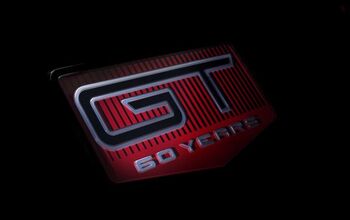

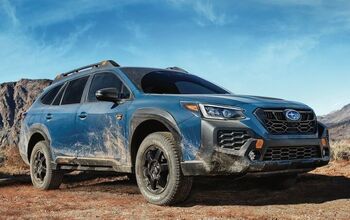
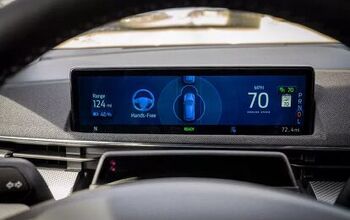

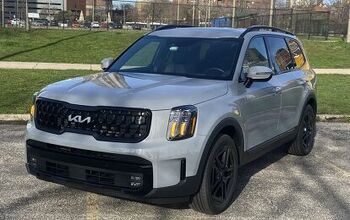


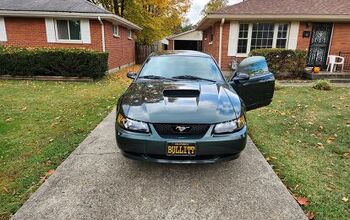
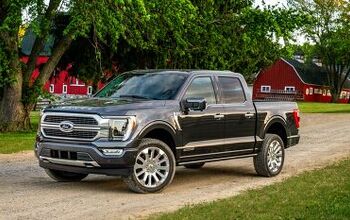
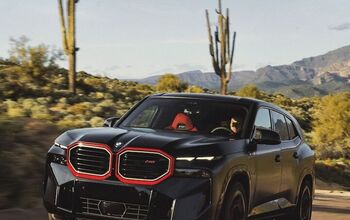
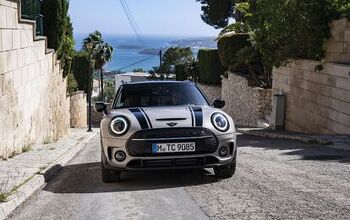



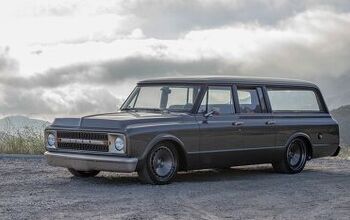
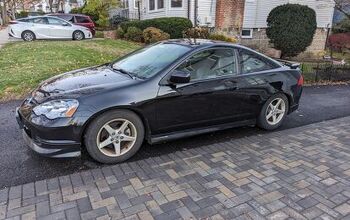
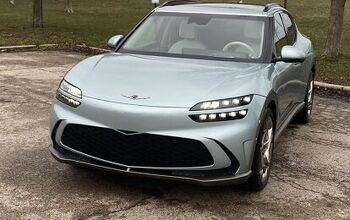
Comments
Join the conversation
What a bizarre, beautiful car. The engine bay's clearly designed to allow for a larger engine, shame it didn't get one.
I recall going with my dad when he was looking for another car. At the time he could only consider used. We walked around lots and he would open the hood on everything and check the motor. I asked him what he was looking for and he said, " Overhead valves." I started searching the underside of the open hood for these "valves". He laughed, pointed at the engine and tried to explain. Since I was about 6 or 7 I had no idea what those "valves" were or how they could be "overhead".